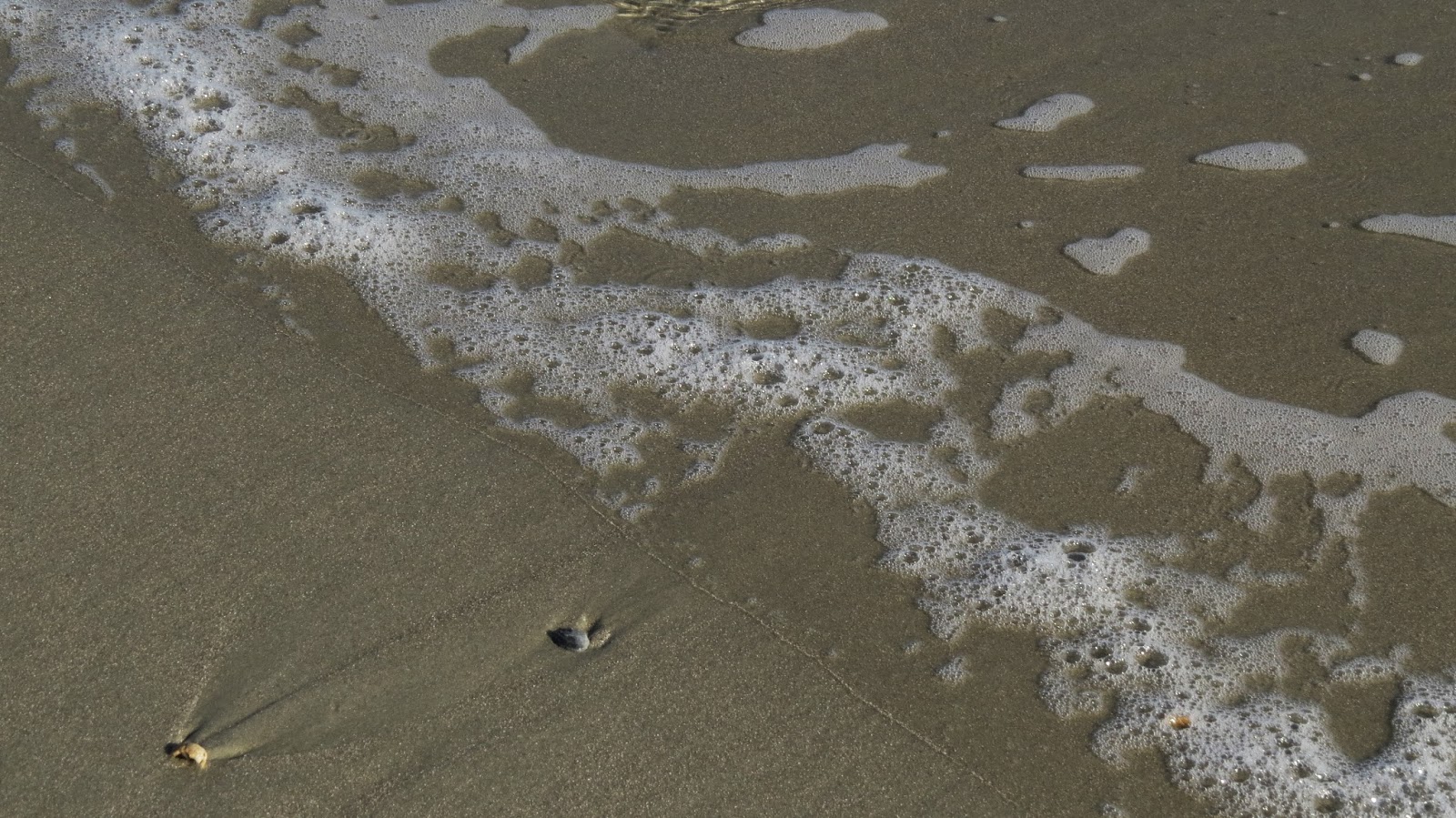Dear Readers:
I made it back to the Great White North.
The car sojourn from South Carolina to Kanata, Ontario went well, though it was exceedingly dull.
Noted: I was just ahead (February 11) of another winter storm that paralysed the deep USA south. The I-95 in North Carolina was receiving a brine mix to ward off icing, as the snow began to fall. The hills of northwestern Virginia and southern Pennsylvania were covered in deep snow, and the temperature in southern PA, where I spent the night, was down to single digits, Fahrenheit.
With the Great Lakes 90% frozen, and the weather pattern unchanging, an early Spring seems unlikely.
Some quick daytrips, one on snowshoes on my nature club's lovely trail (The Macnamara Trail in Arnprior, ON) and another just to the west of my home, in the farming community of West Carleton, yielded few birds, and wildlife. Needless to say, botanicals are hard to come by up here in February.
Birds, with the exception of raptors, are few and far between. Waterfowl have mostly gone further south and to the coast to find open water. That explains the Red-necked Grebes seen off Huntingdon Beach, SC during my visit there.
Yesterday, February 25th, in the afternoon, I went with Jon Ruddy to the North Gower-Stittsville area. This region is dominated by large dairy farms with huge flat fields reminiscent, this time of the year, of the Tundra. Sure enough, the massive irruption of Snowy Owls into this area was evident. We saw 5 in less than 2 hours. This is a lifetime high for me.
The Snowy Owls haven't been seen in such large numbers in over 50 years. Researchers have linked their summer 2013 breeding success to a very large population of Lemmings on the Canadian Tundra. When they are in our region for the winter, their diet broadens from these rodents to many different species of rodents and birds, including ducks and even Great Blue Herons. Snowys are our largest owls by weight. Whiter owls are older. Most of the owls being seen are darker, as they are juveniles. Adult females have more darker barring than males. Males, just like humans, get whiter with age. Therefore, this one may be a middle-aged male, as he still has some light barring on his chest.
Also seen were many American Crows, a large flock of Mallards feeding on corn (which may attract a passing Gyrfalcon in the near future!), one Ruffed Grouse feeding on tree buds, many Red-tailed Hawks, including one with a lot of white on its chest and light colouring overall, and two other winter visitors, a Lapland Longspur with Horned Larks.
Horned Larks
Lapland Longspur
The cold weather keeps we central Canadians indoors more than in warmer seasons. For some of us, this results in much (sometimes too much!) time to think about things.
As a former classroom educator, and a nature educator, the trend towards urbanization and consumerism has desensitized our society from our natural world.
When I started out in education back in the 70's, I had notions of being an "outdoor education" specialist. This idea quickly went by the wayside, as the entrenched classroom education system became larger and more institutionalized during that period. Our youth has endured the consequences ever since. The classroom model selects for a very narrow set of qualities, giving youth with those qualities a large advantage during crucial development years.
As in nature, I think diversity is a better model, and I now see the wisdom in efforts to achieve this by conservatives back in the 1970's (charter schools, innovative parent determined funding etc.). These are inadequate, in my estimation, but, at minimum, if one ignores the ideological biases our politics engenders, they are creative. The outdoor educator can work with new media and create very rich learning experiences for all ages in multiple environments. This could achieve a greater diversity of offerings to multiple learning styles, as every child does learn differently.
I would be most interested in having feedback on this cultural trend towards desensitization. Horrors...I read today on Facebook some sociologists have LABELED this phenomenon. Shudders.
More soon.




























































